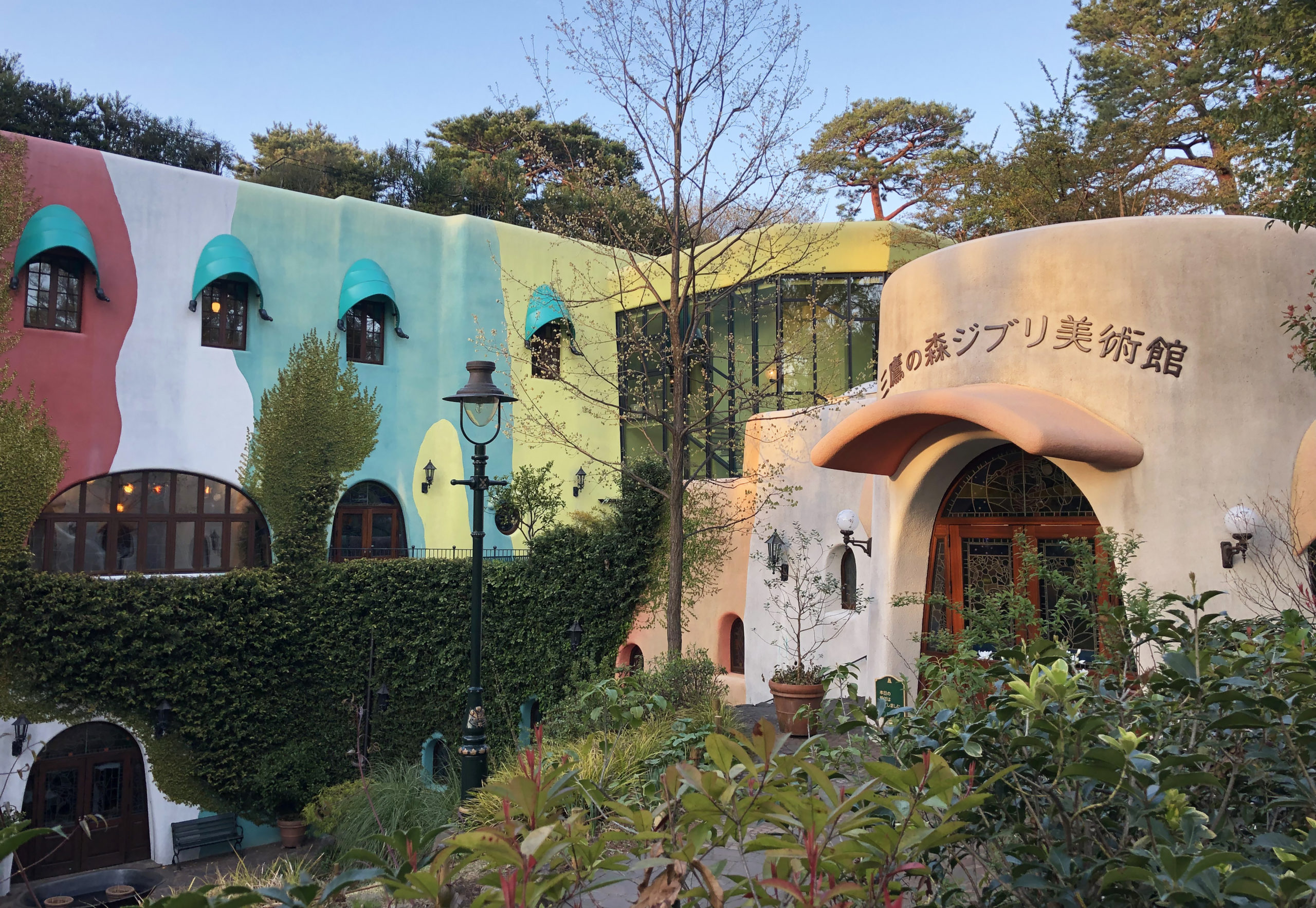Ghibli is a world-renowned animation production company. Ghibli has produced numerous masterpieces, including “Nausicaa of the Valley of the Wind,” “My Neighbor Totoro,” and “Spirited Away,” and its profound touch and exciting action sequences involving boys and girls have taken the world by storm for decades.
The museum designed by Hayao Miyazaki, who is synonymous with Ghibli, and also serves as the museum’s director, is located quietly in the suburbs of Tokyo in the Mitaka no Mori forest.
The building, which seems to reflect the Ghibli worldview as it is, quickly transports visitors to a fantasy world. The rounded, ochre-colored exterior walls are crawling with ivy and embedded with stained glass. The atrium, a hidden passageway, a spiral staircase, a small mini-theater…
Incidentally, the word “Ghibli” is an Italian word meaning a hot wind blowing in the Sahara Desert. It is also the name of an Italian military reconnaissance plane used during World War II, and was named by director Miyazaki, an airplane enthusiast. The name is said to reflect the desire to create a hot wind in the Japanese animation industry.

And just as he declared, he has created an upwind that has enveloped not only the animation world but also the entire world, and even now, at over 30 years old, I am still captivated by its charm. Every day is like a desert with no end in sight, but sometimes adults crave a whirlwind that blows dust and sand into the air. When we find ourselves at our wit’s end in our work or personal relationships, we turn to Ghibli films for salvation.
Or perhaps the adults who visit this museum come all the way to the suburbs of Tokyo, deep into the forest, to escape the monotony of their daily lives.
Because the catchphrase of this museum is
“Let’s get lost together.”

History of the Ghibli Museum
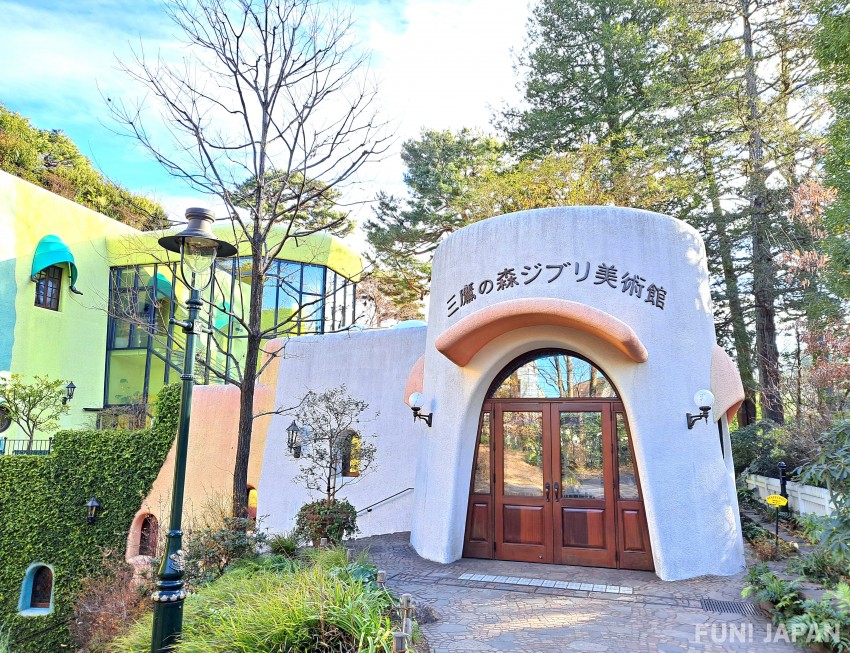
The Mitaka no Mori Ghibli Museum of Art (Mitaka no Mori Ghibli Museum) is an animation museum in Mitaka City, Tokyo, located in the West Garden of Inokashira Onshi Park. The museum was conceived by Hayao Miyazaki and opened in 2001. As the name suggests, the museum houses and exhibits many Ghibli related items. The building itself was designed based on a cross-sectional sketch by Hayao Miyazaki. Ghibli also manages the museum and produces the short films shown in the museum.
Guided tour of the museum
- Wow, Totoro is sitting at the reception desk!

Walking along Kichijoji Street in Mitaka-no-mori, a building with a gentle texture appears. Nearby stands a sign that reads “Mitaka no Mori Ghibli Museum. When you arrive in front of the sign, a giant Totoro welcomes you at the reception desk. Passing by, you will see a building with two floors above ground and one below, buried in the trees of the Inokashira Park forest.
This rather unusual building is the “Mitaka no Mori Ghibli Museum of Art. The white building in front is the real entrance. Once you open the door, you are already in a world of wonder. The windows and lamps are decorated with colorful stained glass windows with pictures of Ghibli characters, lovely flowers, and cute animals.
The bright colors of the stained glass spill out onto the floor in the sunlight.
- Welcome to the Wonder Space

If you look up at the ceiling, you will see frescoes all over. If you look closely, you can see Kiki and Gigi on brooms and Nausicaa on Möwe. Many other characters are dancing on the ceiling.
On the way down to the basement, there are also stained glass windows with characters on them, so be sure to check them out!
- The central hall where the wind blows and light shines through

This is a large space with an atrium from the first basement floor to the second floor above ground.
The glass dome on the ceiling depicts a yellow whale swimming in the sea and Ponyo swimming with her sisters, and a large ceiling fan is spinning. On the stairs and corridor railings, glass balls that seem impossible to remove shine in the sunlight. Looking over the entire building from the basement floor, the spiral staircase, aerial corridor, and overhanging terrace create a maze-like space. The mysterious structure resembles a building from a movie by Hayao Miyazaki. You can feel the atmosphere of the movie here and there.
- It is a little different from ordinary art museums.
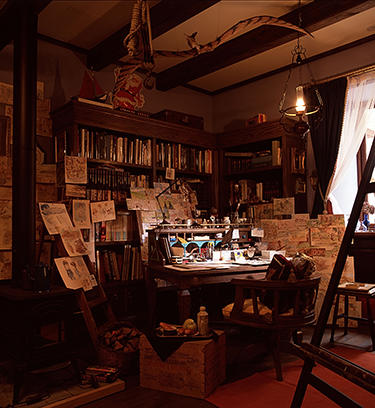
The permanent exhibition room, “Where Movies Are Born (Tokoro),” consists of five small rooms. The atmosphere is as if someone had been drawing something at this desk a while ago. There are books, glass beads, and a lot of junk lying around, and the walls are covered with so many illustrations and sketches that there is no space to spare. The drawings on the table and the pencils lying around the room suggest that a film is about to be made. As visitors pass through the small rooms, they will be able to understand how a film is completed from an idea or an inspiration to the completion of a film, despite the struggles of the filmmakers.
- This is the first time the film has been shown to the public! Ghibli Original Short Animation
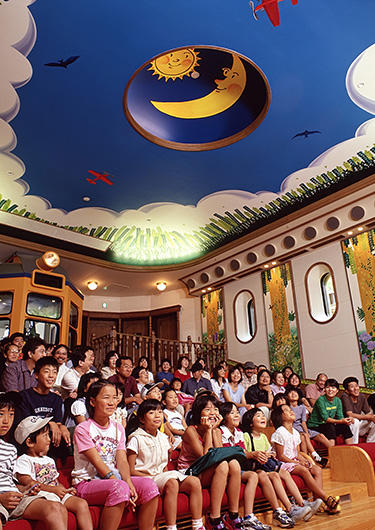
Saturn Theater, a movie exhibition room
Located on the first basement floor, the Saturn Theater is a small movie theater that can accommodate about 80 people.
Original short animations created by Studio Ghibli for Saturnalia and other quality animated films recommended by the Ghibli Museum are shown here. The ceiling is decorated with a blue sky and the walls with colorful flowers and grasses, and the windows open after the movie to let in the sunlight.
The slightly smaller red benches are designed so that if the person sitting in front of you is too big, you can sit on the backrest and watch the movie.
- Robot soldiers on the rooftop are guardians.
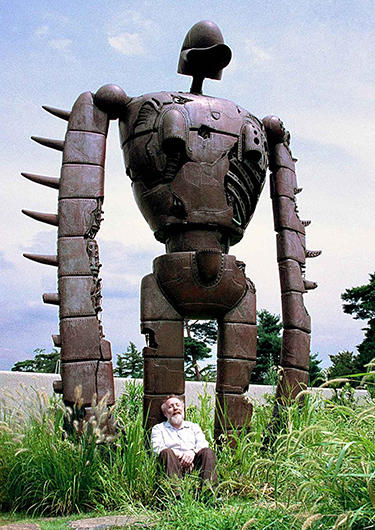
The robotic soldier on the rooftop, which should be called the master of the museum. The spiral staircase outside the top floor leads up to a rooftop garden with vivid greenery. Standing about 5 meters high, it is a powerful sight.
- The café is marked by a large pine tree.

Café “Straw Hat” is an open-air store with an impressive orange exterior and red windows.
The deck is shaded by a magnificent red pine tree that provides a comfortable shade for those relaxing there. The store offers hot pork cutlet sandwiches and hot dogs handmade in the kitchen, as well as sweet baked goods and beverages to relieve the fatigue of the museum’s visitors. It might be a good idea to take some time to enjoy the magical time you spent at the museum in the cafe “Straw Hat”.
Conclusion
How was it? I am sure that you will be able to enjoy the world of Ghibli to the fullest, and at the same time, be highly satisfied with the museum. The moment I stepped into the museum grounds, even though I have visited several times, I was thrilled as if I were visiting for the first time. Age does not matter. I hope this blog will convey that the Ghibli Museum is a place that makes us forget our daily lives and takes us into a fantasy world.
Last year, the latest film “How Do You Live? Of course, I was one of the people who attended the opening of the film, and as the title suggests, I felt that the film was a question to all human beings, including children and adults.
Are we to wander alone in a desert-like wilderness society?
or to lead a joyful life as a lost child with friends?
It is up to us. Mitaka-no-mori is a place that pushes us back when we are struggling to find the answer.
Fees and Access
- Fees and Charges
In order to make your visit to the Ghibli Museum safer and more comfortable, reservations are required by date and time.
Ticket reservations can be made through the LOTIKE website. (*Tickets are not available at the Ghibli Museum counter.)
Admission fee (tax included)
Adult/University student
1,000 yen
High school and junior high school students
700 yen
Elementary school student
400 yen
Infant (4 years old and up)
100 yen
- Access
【Train】
Mitaka Station
An elevator can be used to go up from the platform of Mitaka Station on the JR Chuo Line to the ticket gate on the second floor.
An elevator is also located at the south exit of the station. The public restroom at the south exit of the station is equipped with a multipurpose restroom.
【Community Bus】
The community bus that connects the South Exit of Mitaka Station on the JR Chuo Line and the Ghibli Museum has space for one wheelchair.
Source
Ghibli Museum Wikipedia
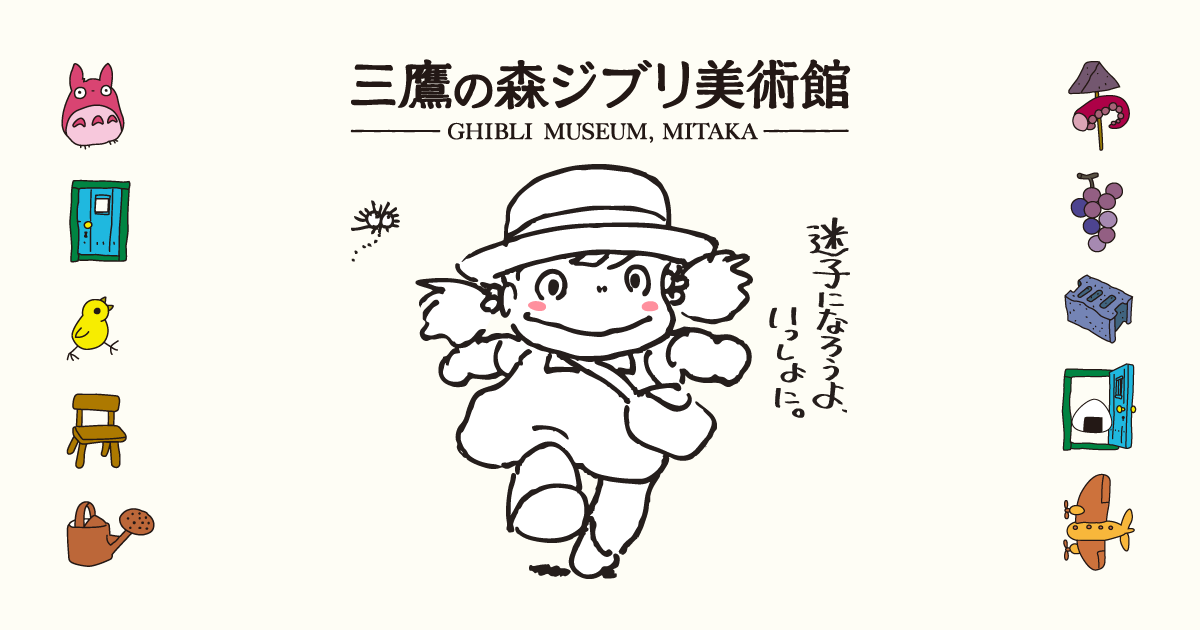
Museum official website


